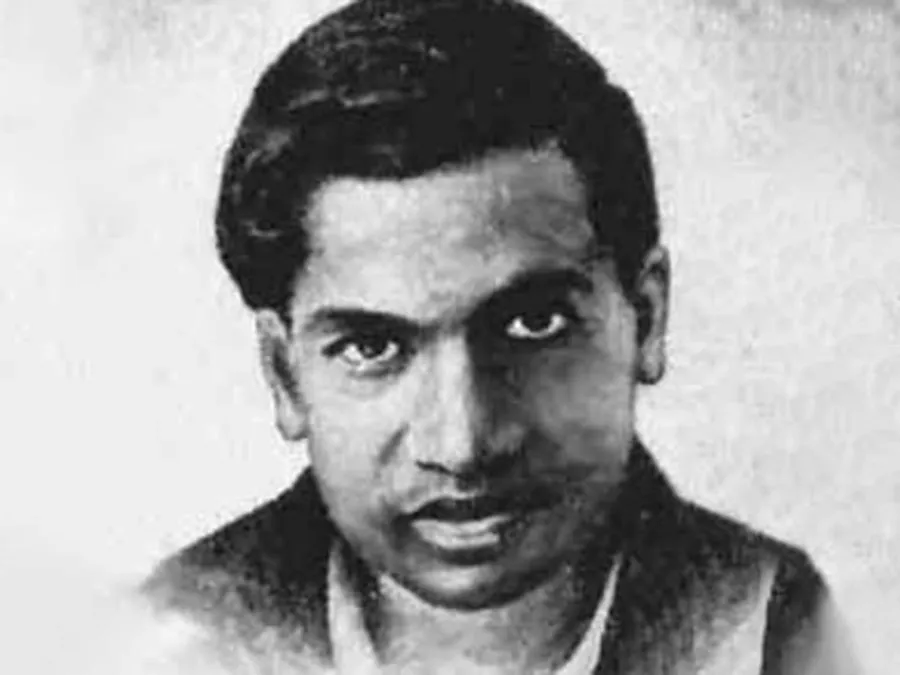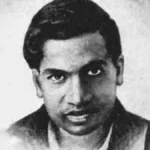
The infamous sequence goes as the following ——-

1 + 2 + 3 + 4………+ till infinity = -1/12
Now, at first glance, this might seem impossible. After all, how can the infinite sum of positive numbers return a negative number as the answer? Everyone I showed this to, and even I when I saw this for the first time, had the same reaction – that it’s a joke. However, this is very much true and is a puzzle today studied by thousands of mathematicians across the world for several decades now. The above sequence is called Ramanujan’s sequence after the mathematician Srinivasa Ramanujan, which we will study in this article.
Firstly, however, we must study two other sequences to get to the one given above. They are:-
- 1 – 1 + 1……. = ½
- 1-2+3-4+5……. = ¼
The above two sequences, by themselves, are extremely strange in nature. Notice how in both, the addition and subtraction of infinite integers give us a fraction as the answer, which in by itself should be impossible. However, we will now see that this is not so.
Let A = 1-1+1-1……
- -A = -1+1-1+1……
Now add 1 on both sides.
We get, 1-A = 1-1+1-1+1….. = A
- 1 = 2A
- A = ½
Now let us take the second sequence as:-
B = 1-2+3-4……
Therefore, A-B = (1-1+1-1+……) – ( 1-2+3-4………)
- A-B = (1-1) + (-1+2) + (1-3)……..
= 1-2+3-4………
- A – B = B
- A = 2B
- B = A/2
- B = ¼
Now that we have proved the two preliminary sequences to hold true, we can now use the proved sequences to prove Ramanujan’s sequence.
Let C = 1 + 2 + 3 + 4…….. till infinity
So, B – C = (1-2+3-4……..) – (1 + 2 + 3 + 4……….)
Or, B – C = (1-1) + ( -2 – 2) + (3 – 3) + ( -4 – 4) +………
Or, B – C = (-4)(1 + 2 + 3 + 4……………..)
Or, B – C = -4C
Or, B = -3C
Or, C = B/-3 = -1/12
Hence the paradoxical sequence, which at first glance would seem to be untrue (or even on other glances as well) holds true as proved by the use of two other sequences.







What implications does this counterintuitive result have on our understanding of infinite series and mathematical convergence?
This is a fascinating exploration of Ramanujan’s sequence and the paradox it presents. The idea that the sum of infinite positive numbers can result in a negative value seems counterintuitive at first. The proof using the sequences A and B is clever, though it challenges conventional understanding of infinity and summation. How does this sequence align with the principles of modern mathematics and its applications?
This sequence is truly fascinating and challenges our basic understanding of mathematics. It’s intriguing how Ramanujan’s work reveals unexpected results in infinite series. The step-by-step proof using sequences A and B makes the paradox more comprehensible. However, it still feels counterintuitive that an infinite sum of positive integers results in a negative fraction. How does this finding influence our perception of mathematical infinity and its applications?